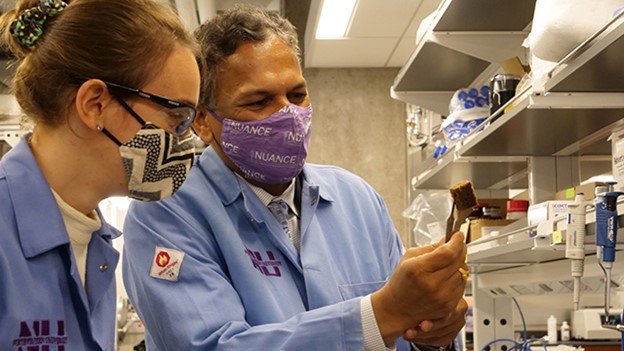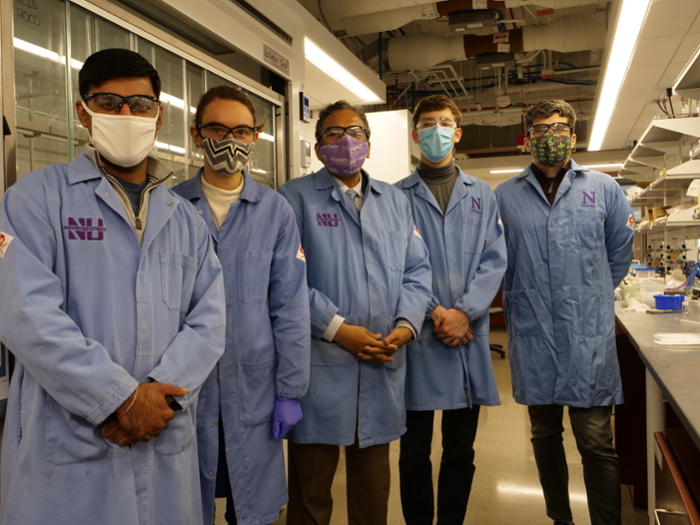More PEARL's Please!
Phosphate is a nonrenewable natural resource of limited supply, so it’s important that we return to a circular economy approach.”
Stephanie Ribet
PhD Candidate with VPD Group
A Northwestern University-led team, including primary author Stephanie Ribet, a PhD candidate with the VPD Group, and Professor Vinayak Dravid, corresponding author, have developed a way to repeatedly and selectively remove and reuse phosphate from polluted waters. Phosphate pollution in rivers, lakes and other waterways has reached dangerous levels, causing algae blooms that starve fish and aquatic plants of oxygen. Ecologists and engineers traditionally have developed tactics to address the mounting environmental and public health concerns around phosphate by eliminating phosphate from water sources. Only recently has the emphasis shifted away from removing to recovering phosphate.
“We used to reuse phosphate a lot more,” said Stephanie Ribet, the paper’s first author. “Now we just pull it out of the ground, use it once and flush it away into water sources after use. Phosphate is a nonrenewable natural resource of limited supply, so it’s important that we return to a circular economy approach.”
The PEARL: Phosphate Elimination and Recovery Lightweight membrane is a porous nanocomposite material that selectively sequesters up to 99% of phosphate ions from polluted water. Using mild process conditions, the nutrients can be released, so the PEARL membrane and the anions can be reused.
“We often call this a ‘nanoscale solution to a gigaton problem,’” Dravid said. “In many ways the nanoscale interactions that we study have implications for macrolevel remediation.” Dravid also shares that this research, "required unusual and sophisticated characterization and capabilities that are made possible by NUANCE and SHyNE."
This work builds on a prior study, led by by co-author Vikas Nandwana, which reports the OHM sponge, another nanocomposite material, which is used to remove and recover oil from contaminated water.
By modifying the nanomaterial coating in the membrane, the team plans to next use their “plug-and-play”-like framework to go after heavy metals. Ribet also said multiple pollutants could be addressed at once by applying multiple materials with tailored affinities. Thus, the researchers liken the development to a “Swiss Army knife” for pollution remediation as they tailor their membrane to absorb and later release other pollutants.
Read the more about the PEARL Membrane and the exciting impact it will surely have on environmental remediation efforts in Proceedings of the National Academy of Sciences of the United States of America (PNAS) and Northwestern Now!


